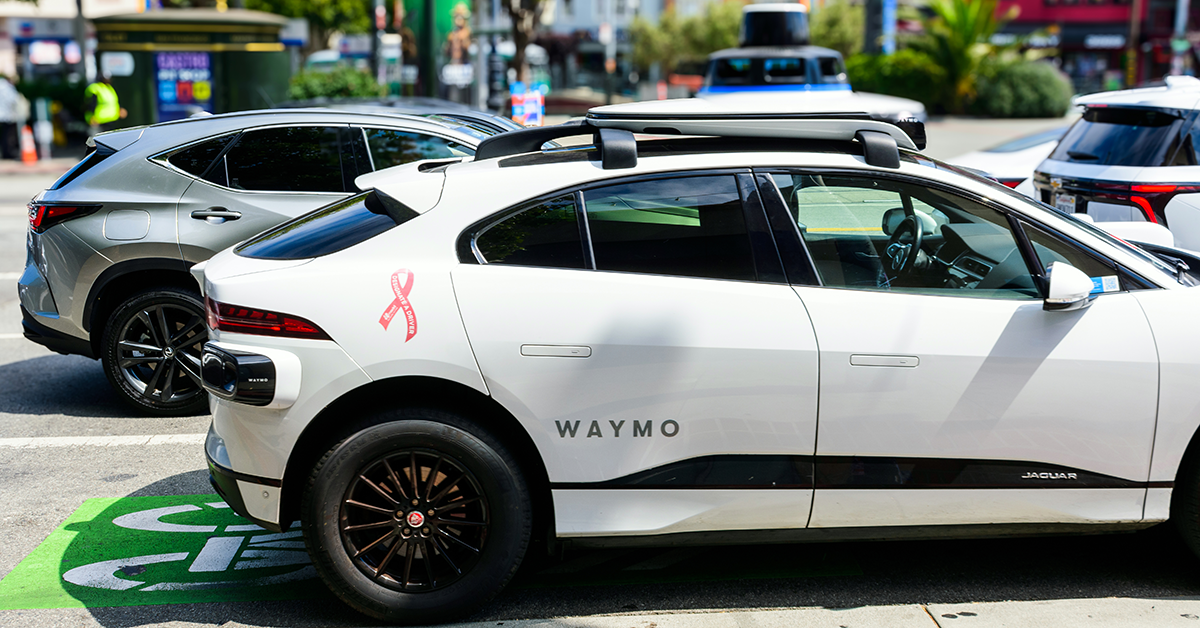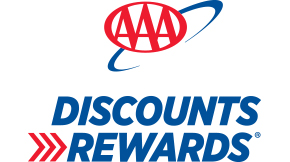Questions surround future of autonomous cars
Questions surround future of autonomous cars

Autonomous vehicles (AVs), once a futuristic vision of science fiction, has inched towards becoming a reality in recent years. The rollout of the technology has included a number of starts and stops, leaving many questions about where the future of self-driving cars is headed.
Many want to know when AVs will be available for personal use—sometimes because they welcome AVs, sometimes because they’re wary of them. Whatever your point of view, AVs aren’t coming to driveways near you anytime soon.
Vehicle automation is the logical extension of advanced driving-assistance systems (ADAS) and active driving-assistance (ADA) systems. But there are varying levels of automation, and it’s a big jump from ADA systems—which temporarily control your car’s steering, acceleration, and braking—to full automation, in which people are merely passengers and not involved in the driving process.
Furthermore, progress toward full automation has been painfully slow. During the past 20 years, literally hundreds of companies have spent billions of dollars on AV development and simply haven’t gotten the results they’d hoped for in terms of functionality and safety.
In addition, none of the major players in the industry are currently developing AVs for personal use. The money to be made is elsewhere, for example, on commercial applications such as long-haul trucking and local deliveries. Such uses have simpler logistical requirements and less complicated safety considerations. Additionally, the cost to consumers of a personal AV is likely to be prohibitive.
When it comes to human safety, AVs will be held to a higher standard than human drivers are. Achieving a 99% safety record isn’t good enough, as several AV companies have learned. Getting to 100% isn’t impossible, but even after millions of real and virtual AV miles driven, it still hasn’t happened. Until it does, you won’t see personal-use AVs on the road.
AVs are moving ahead in one area—driverless taxis—although even there the results are mixed. On the positive side, autonomous-driving company Waymo closed a $5.6 billion funding effort in late 2024. At that time, Waymo operated about 650 robotaxis in Phoenix and San Francisco; in October 2024, Waymo delivered an average of 150,000 driverless rides a week across its field of operations.
In November 2024, Waymo began robotaxi service to the general public in 80 square miles of metropolitan Los Angeles—with a waitlist of 300,000 riders. The company plans to provide robotaxi service in Austin, Texas, in early 2025, to be followed soon after by service in Atlanta.
On the negative side, after 8 years and $10 billion of investment, in mid-December 2024, GM pulled the plug on its robotaxi division, Cruise, a major player in the business. Cruise had faced regulatory hurdles, several high-profile traffic incidents, and internal disagreements about the direction the company should take.
Whether you have an EV, an AV (not yet!), or a more traditional vehicle, you need a mechanic who can do the job right. Trust AAA’s Approved Auto Repair network to find a shop you can count on.










